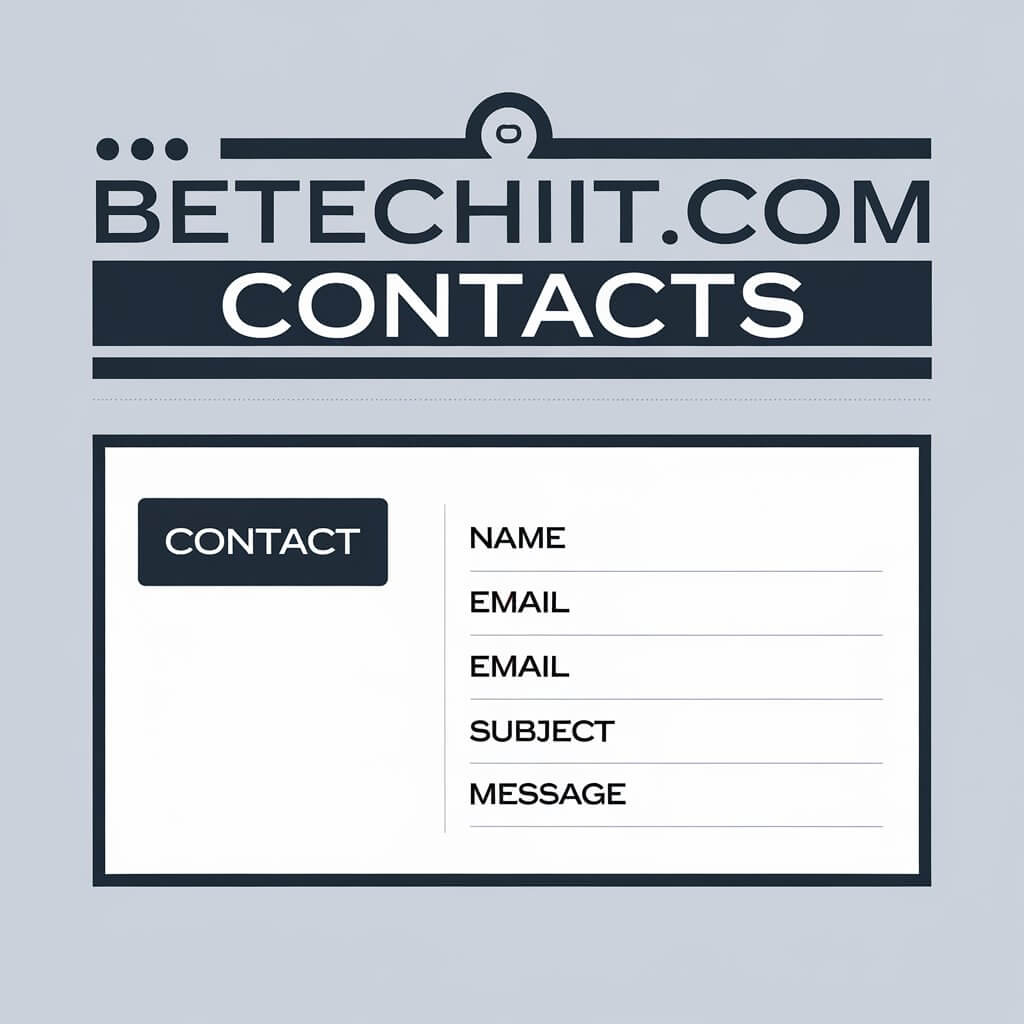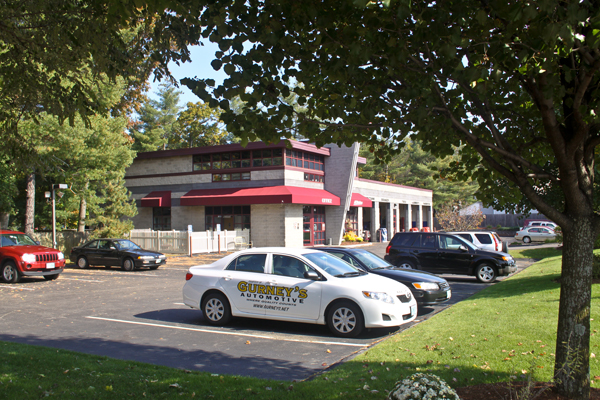A Beginner’s Guide to Indiana Community Development Grants
Are you looking to make a lasting impact in your community by transforming it? Indiana’s community development grants are here to help turn your vision into reality. The Indiana government offers a range of grants to encourage community development by improving the quality of life for residents. Community Development grants serve as a catalyst for positive change, uplifting society and fostering innovation and growth. These grants provide essential funding for projects that enhance local infrastructure, support economic growth, and improve quality of life.
From improving public services to launching initiatives to uplift the underserved populations, community development grants are the key. Whether you’re a non-profit organization or someone looking to bring positive change, understanding community development grants is important. In this blog, we will share a complete guide on the basics of community development grants. This will help you navigate the grant opportunities and utilize them to create a brighter future.
What are Community Development Grants in Indiana?

Indiana community development grants are funding opportunities provided by government agencies, NPOs and private foundations to support social initiatives. This includes projects and initiatives that benefit the local communities and low-income group families within a state. Community development grants aim at improving the quality of life, addressing social issues, enhancing public infrastructure and services and promoting economic development. These grants help local communities improve their housing, work opportunities, infrastructure, education and quality of living. Community development grants are essential for funding such effective projects and boosting local economies.
Common Focus Areas for Community Development Grants
Community Development Grants are focused towards specific areas that aim at the betterment of the people of a locality. These grants offer funding for initiatives and projects related to the following:
Education: Community development grants can be used for schools, educational innovation, after-school programs, affordable higher education, and STEM and literacy initiatives.
Health and Wellness: It offers funding for public health and safety projects, such as affordable healthcare access, mental health programs, addiction recovery programs, nutrition initiatives, and fitness.
Economic Development: These grants support small businesses, job creation, workforce training and development. They also help in creating economic opportunities along with revitalization of downtown areas.
Community Development: Community development grants aim to improve infrastructure, including roads, water systems, utilities, and support affordable housing projects, and public spaces.
Arts and Culture: They promote local artists, cultural events, art galleries, historic preservation and public art installations. Historic Preservation Grants aim at restoring and preserving historic buildings and landmarks.
Environment: It supports sustainability projects, green energy, conservation efforts, renewable energy, waste reduction, recycling, and environmental education.
Key Community Development Grants in Indiana
Community Development Block Grant (CDBG)
The Community Development Block Grant (CDBG) program is administered by the Indiana Office of Community and Rural Affairs (OCRA). It provides funds to cities and countries that are entitled to support infrastructure, community facilities, and housing projects in rural areas. Its main aim is to provide affordable housing and economic opportunities to low and moderate-income people and ensure a suitable living environment. The program supports a wide range of housing and social services, such as homeowner occupied repair, demolition of unsafe structures, employment training, public facility construction, and many more.
Eligibility for Community Development Block Grants
- Principal cities of Metropolitan Statistical Areas (MSAs)
- Qualified urban counties with populations of at least 200,000
- Other metropolitan cities with populations of at least 50,000
- States and insular areas (all states except Hawaii participate in the CDBG program)
Funding Amount
Entitlement grantees receive the majority of Community Development Block Grant (CDBG) funds, about 70%. The remaining 30% is distributed to states by HUD (the Department of Housing and Urban Development). There is no exact funding amount as the department fixes a different amount every year as per the requirements and inflation. In 2021, HUD set aside nearly $3.5 billion for the CDBG program. Additionally, in 2022, HUD allocated nearly $3 billion in disaster recovery grants through CDBG-DR program. HUD figures show that since 1974, it has given CDBGs totaling more than $160 billion.
Indiana Regional Economic Acceleration and Development Initiative (READI)
Designed to foster collaboration across regions, the READI program focuses on economic development and quality-of-life enhancements. It was launched in 2021, awarding $500 million to 17 regions across the state and encompassing all 92 counties. READI supports initiatives to boost economic growth, workforce development, housing, innovation, talent attraction and retention, and quality of life and place. It also funds family support initiatives and infrastructure improvements for jobs.
Eligibility for READI
- Proposals must come from a coalition of counties, municipalities, and economic development organizations.
- Regions must develop and submit a proper plan outlining economic challenges and opportunities, strategies for regional development, and measurable impact.
- Proposals must align with the initiative’s goals, such as workforce development, talent attraction, job creation, and infrastructure enhancement.
Funding Amount
The Indiana Regional Economic Acceleration and Development Initiative (READI) program provided $500 million in state funds for its first round of funding in 2021. The funds were allocated to the participating regions based on their bids and the potential for economic and community impact. The allocations varied per region, ranging from $5 million to $50 million, depending on the extent and transformative potential of their programs. There is no fixed amount, as the government announces different amounts depending on the budget availability and requirements.
Rural Community Development Initiative Grants (RCDI)
The Rural Community Development Initiative (RCDI) aims to strengthen rural areas by fostering collaboration between public and non-profit entities. These grants empower non-profits, rural communities, and tribes to strengthen their capabilities and improve rural areas. RCDI supports housing, community facilities, and economic projects in rural areas and ensures economic development and infrastructure improvements. It builds leadership and organizational skills among the locals for sustainable rural development. The initiative promotes long-term growth by empowering local organizations to drive positive change.
Eligibility for RCDI
- Public or private non-profit organizations.
- Rural-based communities with a population of 50,000 or less.
- Qualified Private (for-profit) Organizations
- Federally recognized tribes.
Funding Amount
RCDI’s minimum grant award amount is $50,000, and the maximum is $500,000. The funding amount is provided based on a competitive process that includes an application comprising an impactful pitch, budget allocation, objectives, methodology, and long-term growth plan.
Conclusion
Community development grants in Indiana are vital tools for fostering positive change, enhancing infrastructure, and uplifting communities. These grants offer funding to social organizations and communities that aim at improving the quality and standard of life. We have discussed the basic details of community development grants including their meaning, uses and top 3 community development grants. By understanding and utilizing these opportunities, you can drive impactful initiatives that address community needs and foster meaningful change.














Post Comment